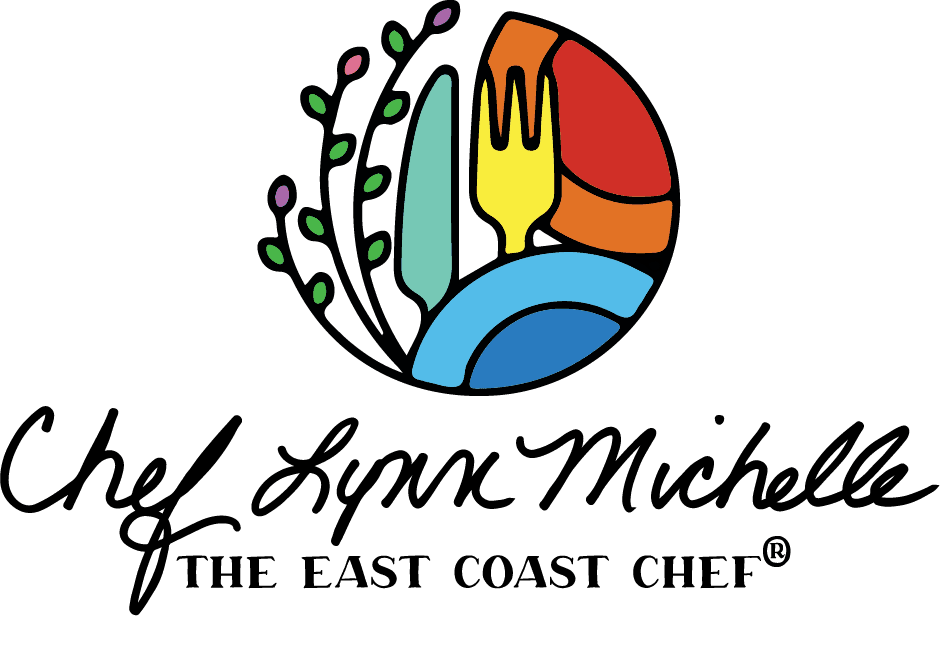We are monitoring the coronavirus (COVID-19) situation closely and staying informed with the most up-to-date information from the Center for Disease Control, World Health Organization, and South Carolina Department of Health. We want to assure you that we are taking it seriously and understand this is a time of uncertainty, but intend to do everything in our power to keep our community safe, healthy, and calm.
With that being said, the CDC has recommended that you have enough household items and groceries on hand so that you will be prepared to stay at home for a period of time, however we are being asked not to to hoard essential food supplies – so we wanted to share the following food storage tips with you to help try and ease some of the stress from the uncertainty of the situation happening around us:
- Freeze in portion control containers to prevent waste. Make spaghetti sauce with extra ground beef and freeze the sauce in portion control containers. Make up a yummy Chicken Noodle Soup to freeze! Make chicken soup and leave the noodles out of the soup. Freeze it! Add noodles as you serve the soup to prevent the noodles from becoming soggy and not freezing well.
- Pre-portioned, frozen meats will reduce waste. Place extra meat, chicken, fish, seafood, bacon in portion controlled freezer bags containers. Make up your burgers and package them ready to go in the freezer. Or place the items to be frozen into the corners of the freezer bags so there is space in between for portion control. Don’t lump the meat together and freeze.
- Use the correct baking dishes. When freezing, use freezer-to-oven or freezer-to-microwave dishes and cover the surface with plastic freezer wrap or heavy-duty foil
- Use your foil wisely. Do not use foil to wrap foods that contain acidic ingredients, such as tomatoes. Acid reacts with the foil, giving the food an odd flavor. To refrigerate or freeze a casserole that contains tomatoes or another acidic ingredient, first cover the food with plastic wrap, then with foil; remove the plastic wrap before reheating.
- Label your food. Always take a moment to properly label food before you freeze it. Using a wax crayon or waterproof marking pen, note on the package:
- The name of the item or recipe
- An estimate of the number of servings or quantity remaining
- The date it was frozen
- Any special information about its use
- Follow recommended storage times included in recipes.
- When in doubt, consult a food storage chart. Follow the guidelines from Foodsafety.gov for storing food in the refrigerator and freezer, click here.
Stay safe and healthy,

